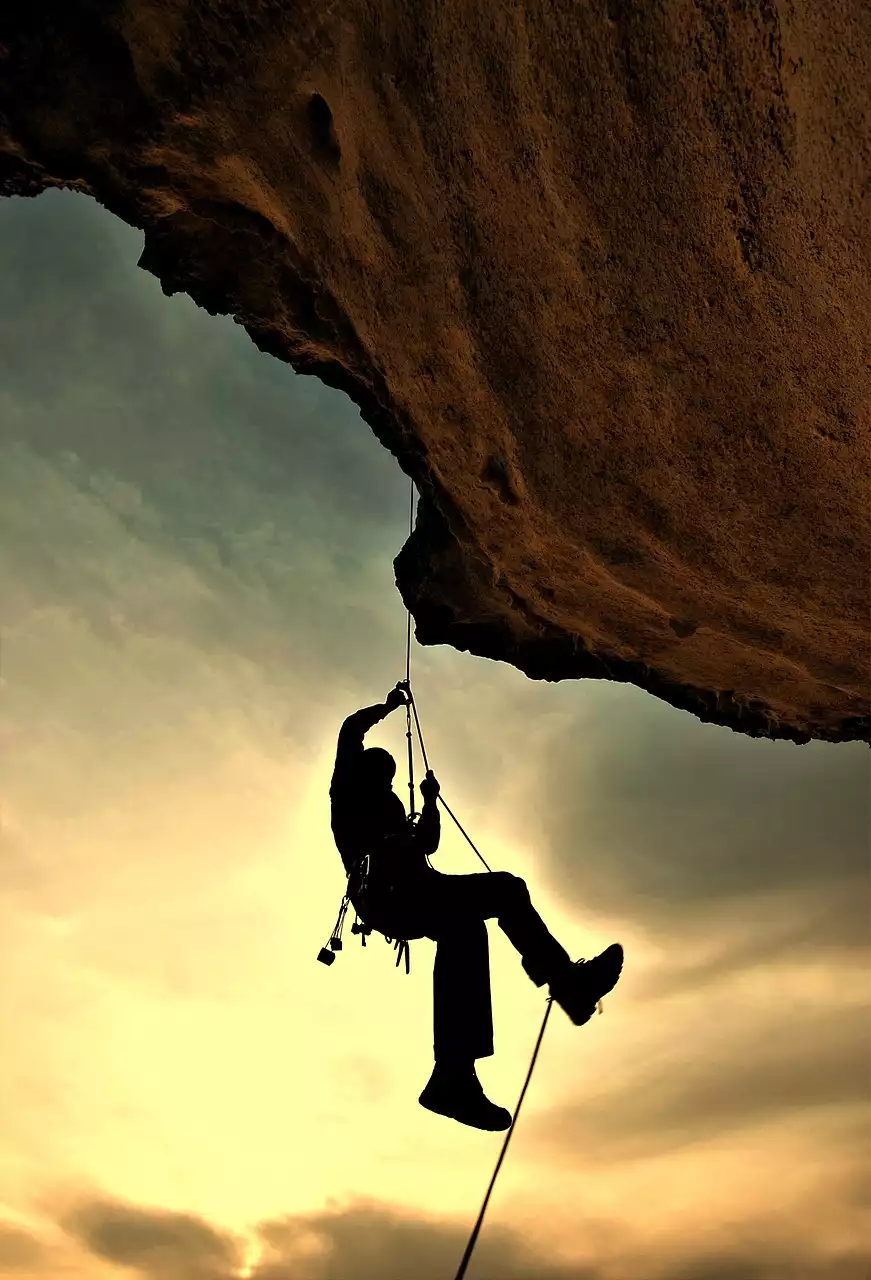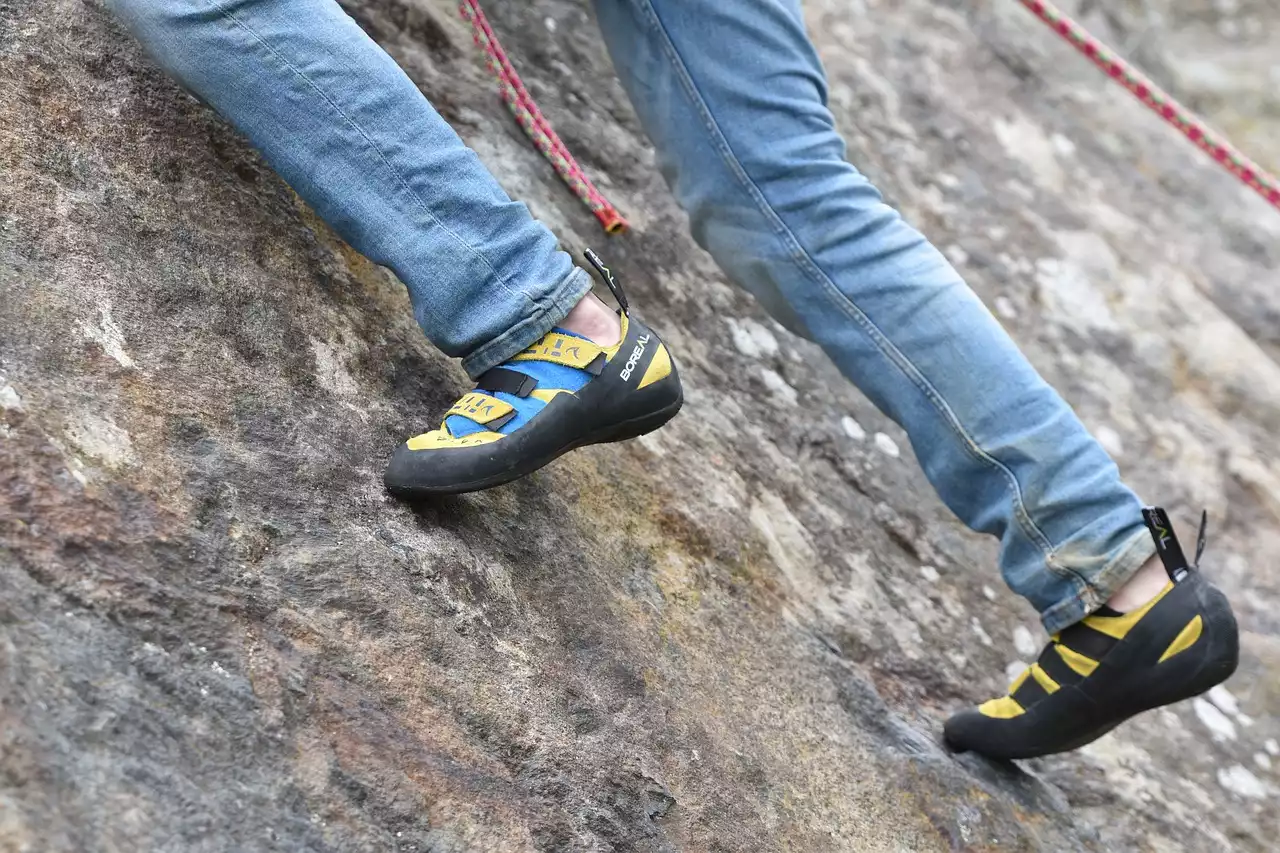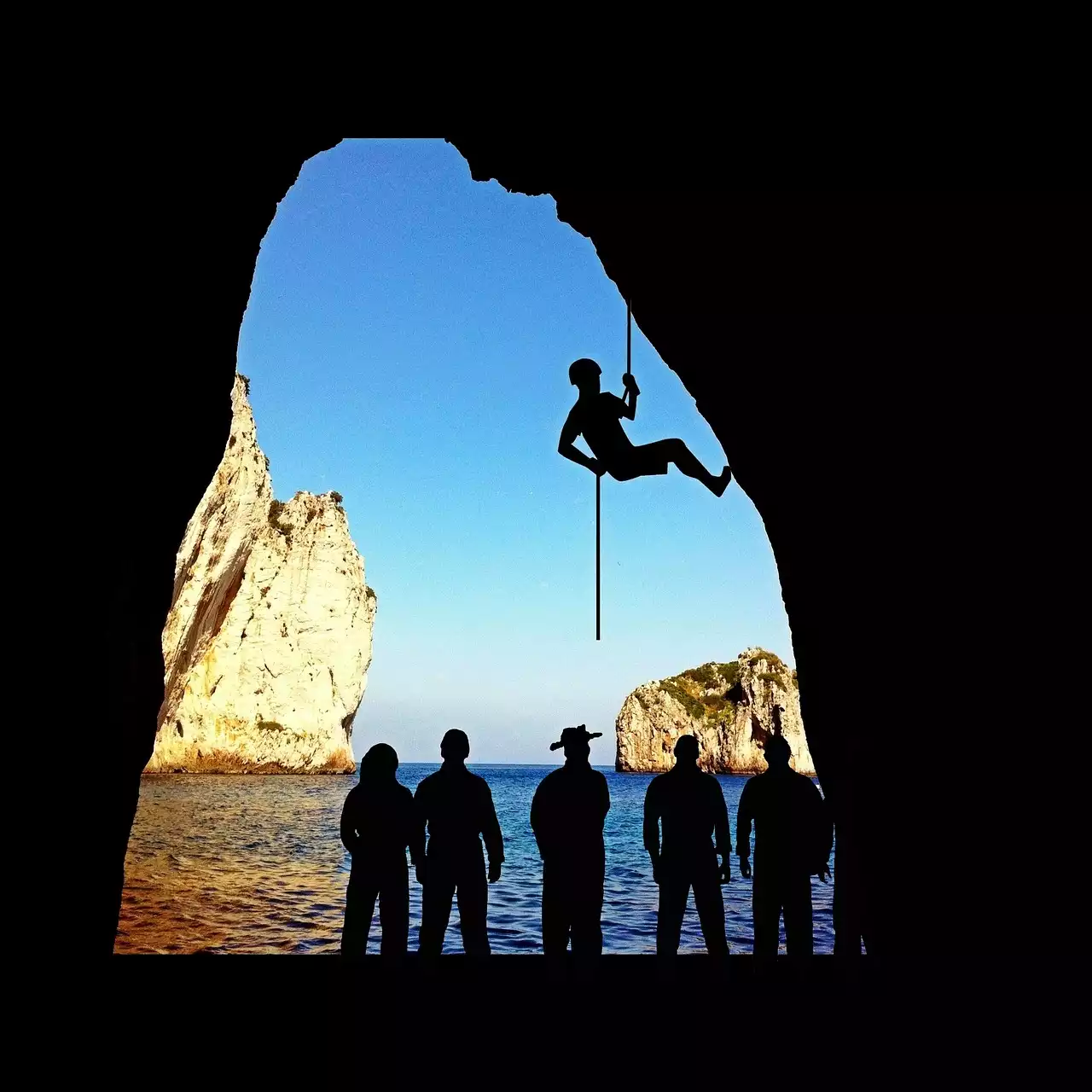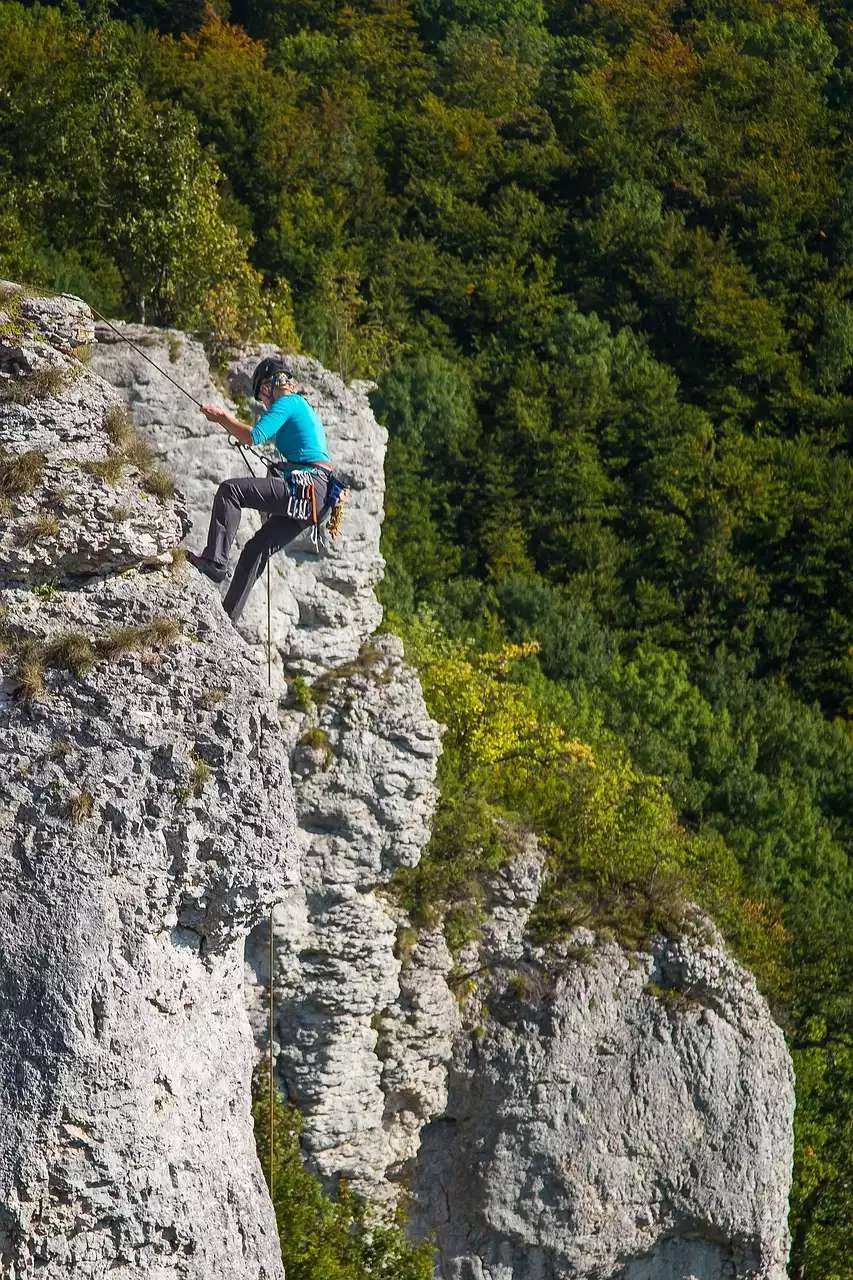Types of Climbing Shoes
Rock climbing shoes are designed to provide maximum protection for both feet and lower legs when scaling a rock face. Climbing shoes come in various shapes and colors, allowing climbers to find a style that works best for their body type and preferences. The main purpose of climbing shoes is to provide maximum protection to the lower part of the foot and lower leg. There have been several studies that suggest the increased risk of ankle sprains if climbers wear inappropriate footwear. Therefore, it is important to find a shoe that offers the utmost protection and is comfortable to wear while climbing. Climbing shoes come in both rubber and leather styles. While leather shoes are more traditional and provide a more premium look, they are also more susceptible to moisture and wear, making them unsuitable for most climbers. One of the key features of climbing footwear is the rubber toe cap. This rubber cap protects the top of the toe from impact when scaling a rock face. Climbing shoes are available in various styles, allowing climbers to find the best fit for their body type and preferences.
Harnesses
A climbing harness is a specially designed piece of equipment that is worn over the climber's clothing. The harness is usually made of nylon webbing and has loops and attachment points for the rope and other climbing equipment. Climbers rely on their harnesses to safely lift them above the ground and to take them to the top of a cliff face. The harness is worn across the upper body and has two handles that hook over climbers' shoulders. Attached to the sides of the harness are the ropes that serve as the climber's lifeline. There are many styles of harnesses on the market, but they all serve the same purpose: to safely and securely hold the weight of the climber in place. Climbing harnesses are available in a range of different colors and styles, depending on the type of rock climbing that is being done. All climbing harnesses come with a standard length of rope, but some climbers prefer to use a longer rope when face climbing or trad climbing to avoid reaching the top of a route with an inadequate length of rope.
Carabiners
A carabiner is a lightweight metal device used for clipping ropes and other climbing equipment to bolts, ropes, and hooks. A carabiner is typically made from aluminum and weighs around two ounces. The carabiner acts as a container for ropes and other climbing equipment and can also be used as a hook. Climbers clip a carabiner to a bolt, hook, or other fixture when clipping ropes or other equipment to climb a route. A climber must always clip the rope or other climbing equipment to a solid anchor point, as it is possible to get pulled off the wall when climbing with a rope or other equipment that is attached to the climber's body. There are several types of carabiners available, including keylock carabiners, quickdraw carabiners, and rope gate carabiners. Keylock carabiners have a keylock feature that prevents unintentional opening.
Ropes
A climbing rope is used for belaying a climber and taking a rappel. A climbing rope is made from high-quality nylon or polyester and usually has a diameter between 7.5 and 9.5 millimeters. Climbers can either purchase them or rent a rope from a climbing shop. Ropes come in various lengths, with 12- to 16-foot ropes being the most popular. It is Climbers must use that is capable of supporting their weight and the weight of any equipment that is clipped to it. It is also important to ensure that the rope is properly coiled and is not frayed or worn.
Quickdraws
Quickdraws are metal devices used to connect a rope to a bolt, anchor, or other solid fixture. There are a wide variety of quickdraws available, with some being designed for alpine climbing and others being specifically designed for rock climbing. For most climbers, a quickdraw system made from aluminum wire will be sufficient. It is a good idea for climbers to practice clipping a rope to a bolt or another fixture before a real climb, as this will help them to become accustomed to how the quickdraws function.
Helmets
Climbing helmets are designed to protect the head from impact when making sharp moves on the rock face. Many climbing helmets also come with a tinted visor that can shield the face from the sunClimbers need to selectrettant for climbers to select the correct helmet for their specific climbing environment. For example, climbers should avoid wearing a climbing helmet when climbing outdoors and instead consider wearing a helmet designed for indoor climbing. There are several types of climbing helmets, depending on the type of climbing that is being done. For example, while climbing outdoors, some climbers wear a closed-face hard hat while others wear an open-face helmet. The closed-face hard hat provides better impact protection while the open-face helmet provides more visibility while climbing.
Chalk Bag
Chalk bags are used to store the chalk used when climbing. It is important to keep the chalk dry and away from sunlight, as it can become ineffective if it becomes wet. Climbers typically store their chalk in a small, durable bag that is easy to carry. Some chalk bags come with a place to store the chalk, while others are designed to be held in the hand. Chalk bags typically come in a variety of colors and styles, allowing climbers to find a bag that best suits their preferences. Chalk bags differ in terms of the material used for their construction and the amount of protection they offer against impact. While most chalk bags offer minimal protection, it is a good idea for climbers to always carry a backup bag or wear a helmet or hard hat while climbing. It is also important to keep the chalk bag away from the sun, as it can become ineffective if it becomes wet.
Belay Device
A belay device is a piece of equipment used to clip a rope to a carabiner and then to a bolt, anchor, or quickdraw device. It is important to keep the rope taut while climbing and always to clip the rope to a solid anchor point. There are different types of belay devices available, depending on the climber's preferences. For example, some climbers prefer to use an adjustable harness belay device while others prefeClimbers need to uses important for climbers to use a belay device that is appropriate for their specific climbing environment. It is also a good idea to practice lowering a climber before a real climb so that the climber can become accustomed to lowering themselves.









.png?size=50)